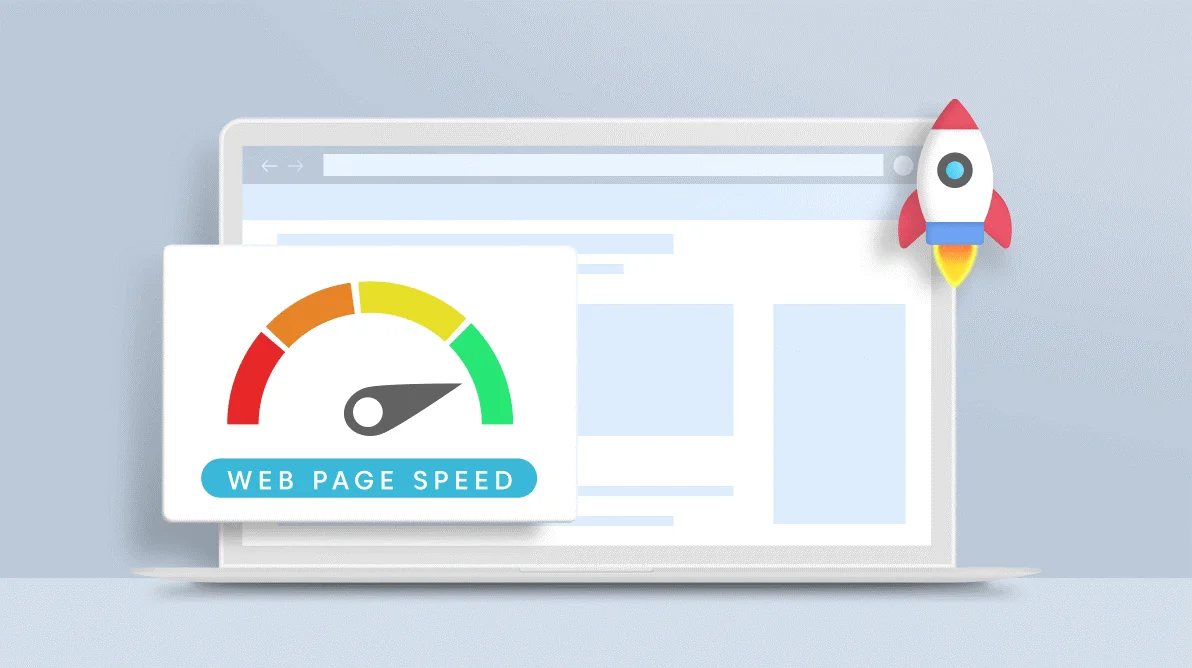Magento is An open-source e-commerce platform used by millions of businesses worldwide. It is a powerful and versatile platform offering a comprehensive suite of tools to help you create and manage your online store. A Magento website is an online shopping store that is accessible to your visitor 24/7. To understand this better, let’s first understand the answers to a few common questions that strike our minds reading the title.
Why is it important to ensure the speed of your website? Website speed is how long it takes for a web page to load. A website’s speed can be affected by several factors, such as the size of the page, the number of resources it needs to load, the rate of the server, and the amount of traffic on the website.
What are the benefits of doing Magento Speed Optimization? Website speed optimization can significantly improve a website’s performance by reducing page loading times and increasing page visits and conversion rates. In addition, optimizing website speed reduces server response time and improves the overall user experience. Now, let’s discuss how to optimize the speed of your Magento website.
A step-by-step guide to optimizing the speed of your Magento website
1. Install an Accelerated Mobile Pages (AMP) plugin:
Installing an Accelerated Mobile Pages (AMP) plugin is important to optimize your website for mobile devices. AMP is an open-source project backed by Google designed to help web pages load quickly on mobile devices. Combining HTML, CSS, and JavaScript gives your users a reliable and fast experience. If your website is slow, visitors are likely to abandon your site without exploring the content.
2. Minify HTML, CSS, and JavaScript:
Regarding website performance, minifying HTML, CSS, and JavaScript can make a huge difference. Minifying code involves removing unnecessary characters (such as spaces, line breaks, and comments) without changing the code’s functionality. This step can drastically reduce the code size and help improve your website’s performance. Additionally, minifying the code can make the code more secure, as there will be less code to compromise.
3. Use a Content Delivery Network (CDN):
Content Delivery Network (CDN) is one of the best ways to ensure your website content is delivered quickly and reliably to visitors worldwide. CDN network servers across the globe store and provide content such as images, videos, and web pages. This ensures high performance and availability for your website, regardless of the user’s location. Additionally, you can check the speed of your website using speed tools.
4. Optimize images:
Optimizing images is to make sure that you’re using the right file format. JPEGs are often the best choice for photos, while PNGs are great for graphics with clear visuals and limited colors. Additionally, Use of SVG format for vector graphics. The right file format ensures that your images are reduced in size as much as possible.
5. Optimize Magento caching:
Optimizing Magento caching is one of the most effective ways to improve the performance of your Magento store. Caching is storing the frequently accessed data in a temporary storage location so that it has quick access without having to access the main database or file system. This helps reduce the load on the server, allowing it to process requests and serve pages faster and more quickly.
6. Monitor server performance:
Monitoring your server performance is essential for ensuring your website or application runs efficiently and is easily accessible to your users. Ensure that your servers are well-rested with requests and that the server is responding quickly to requests. The user experience significantly degrades when the server is overloaded with requests. Your website or application will become sluggish and unresponsive.
7. Use Tools For Website Optimization:
Tools for website optimization help you understand your website’s performance, identify potential problems, and then take steps to address them. These tools can provide valuable insights into your website’s performance and allow you to take corrective action. A website audit is an in-depth analysis of your website’s performance. It can help you identify areas of improvement and areas that need attention.
Conclusion
Magento Speed Optimization is essential for businesses as it helps improve website performance, increases user engagement, and boosts SEO rankings. By following the steps outlined above, companies can significantly improve the loading times of their Magento website. Optimizing Magento website speed includes improved website performance, increased user engagement, enhanced SEO rankings, and improved overall user experience. Furthermore, it also helps improve the overall user experience and reduces the server resources required to run the website.


















